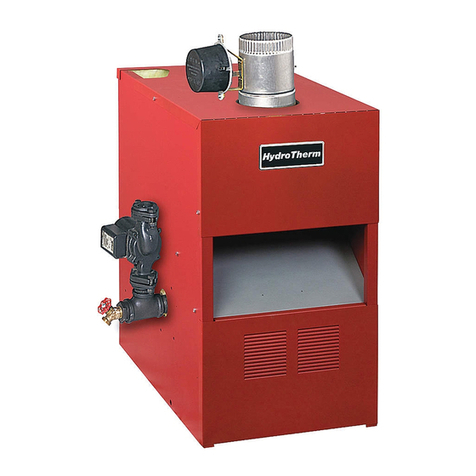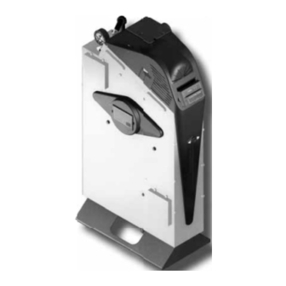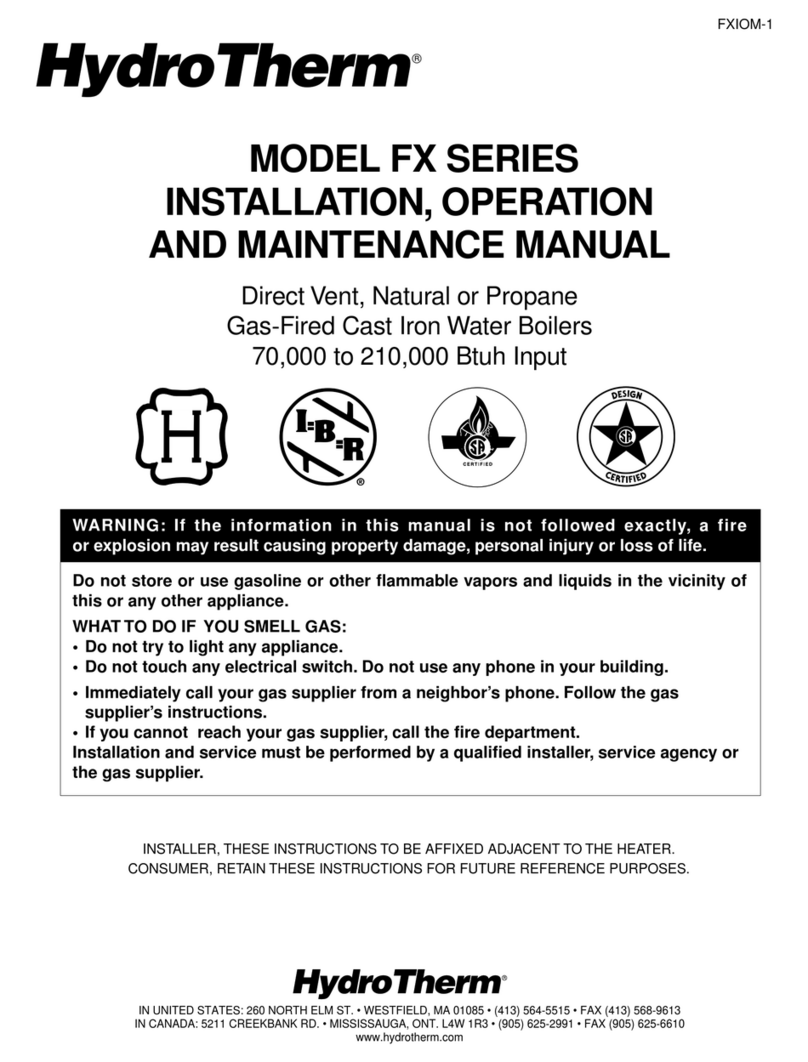HydroTherm HVX User manual
Other HydroTherm Boiler manuals
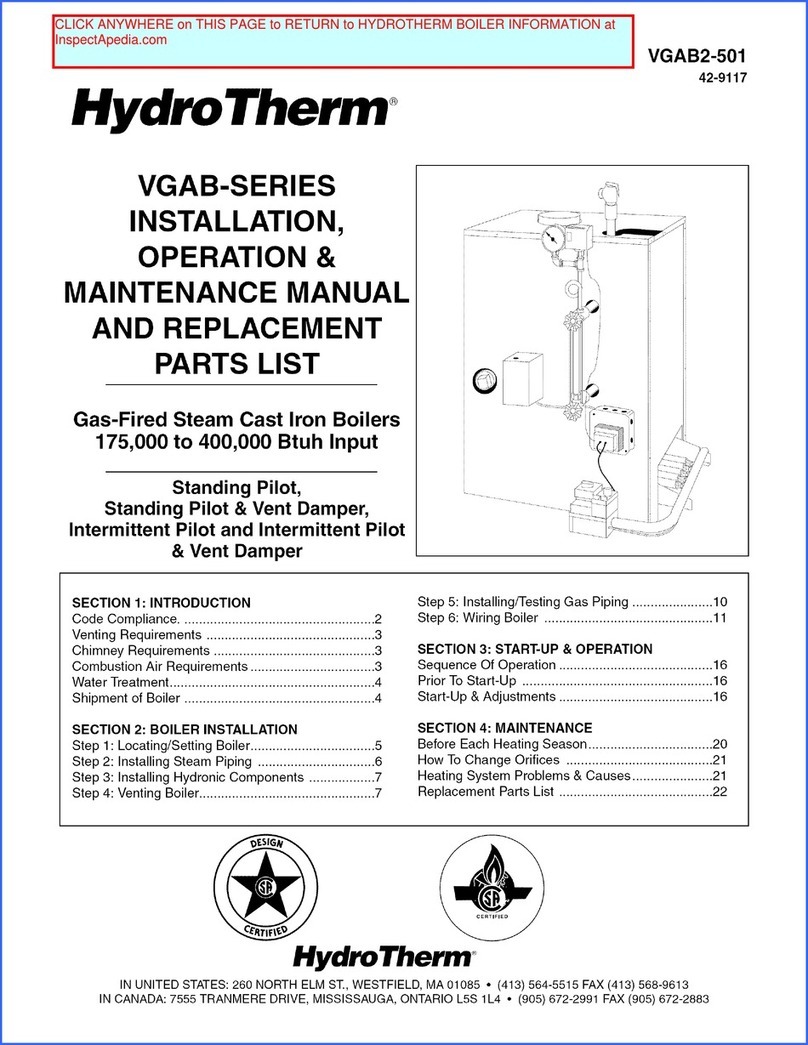
HydroTherm
HydroTherm VGAB Series User manual
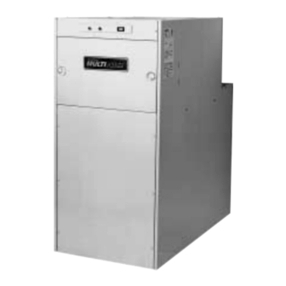
HydroTherm
HydroTherm MultiPulse AM Series User manual
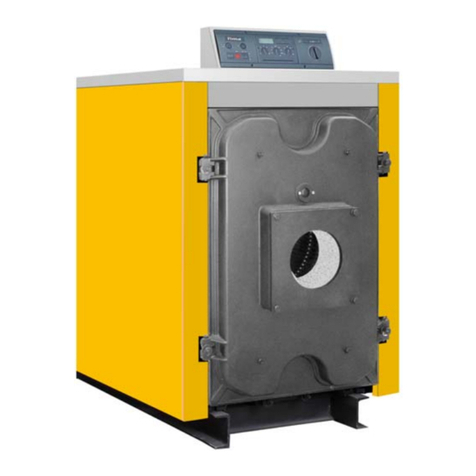
HydroTherm
HydroTherm OM 06 General instructions
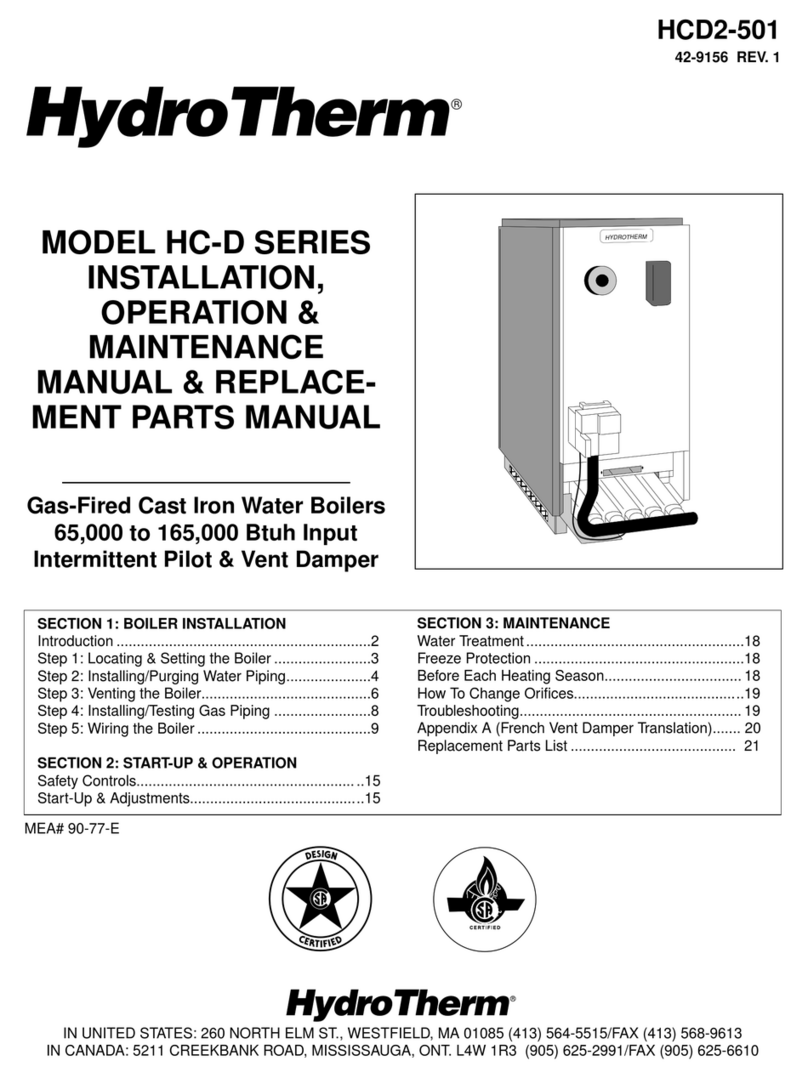
HydroTherm
HydroTherm HC-65 Owner's manual
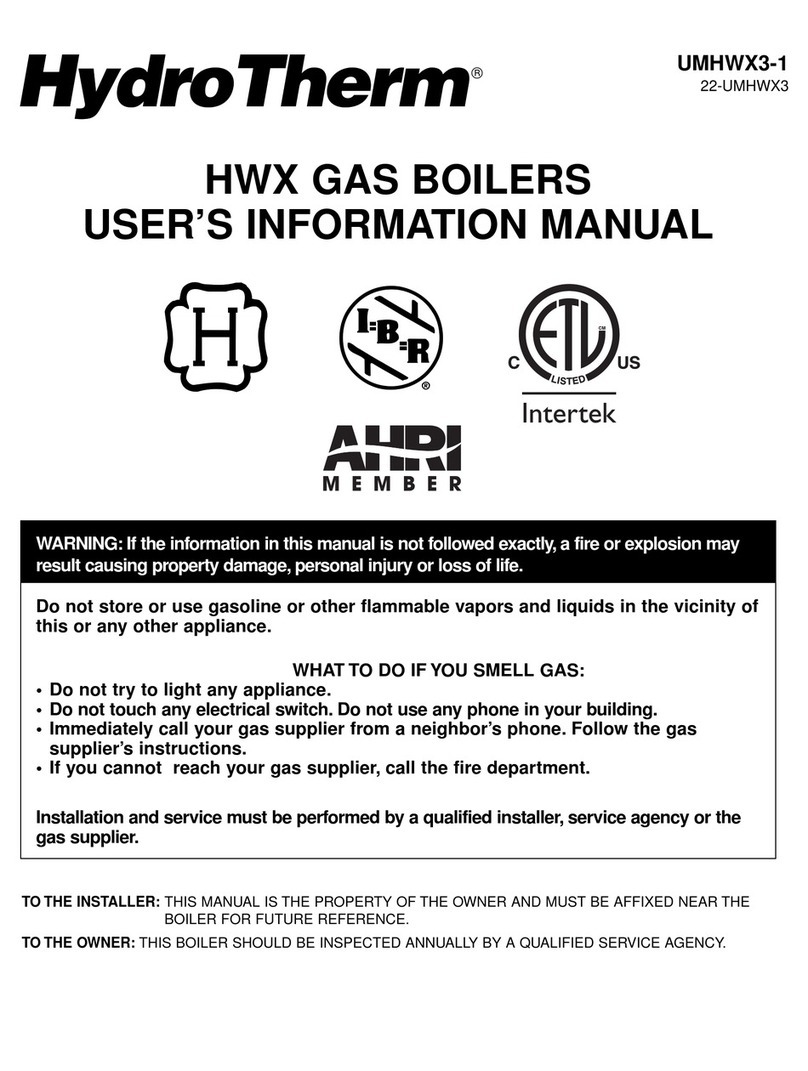
HydroTherm
HydroTherm UMHWX3-1 Guide
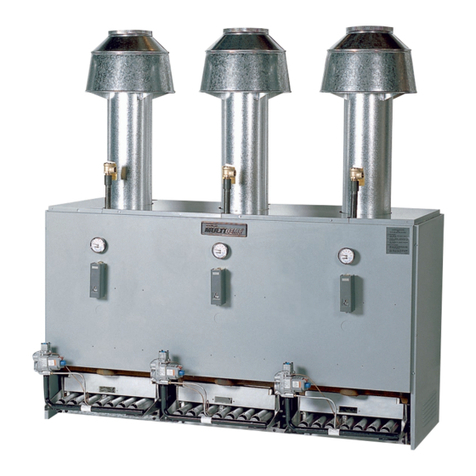
HydroTherm
HydroTherm MultiTemp MR Series Manual
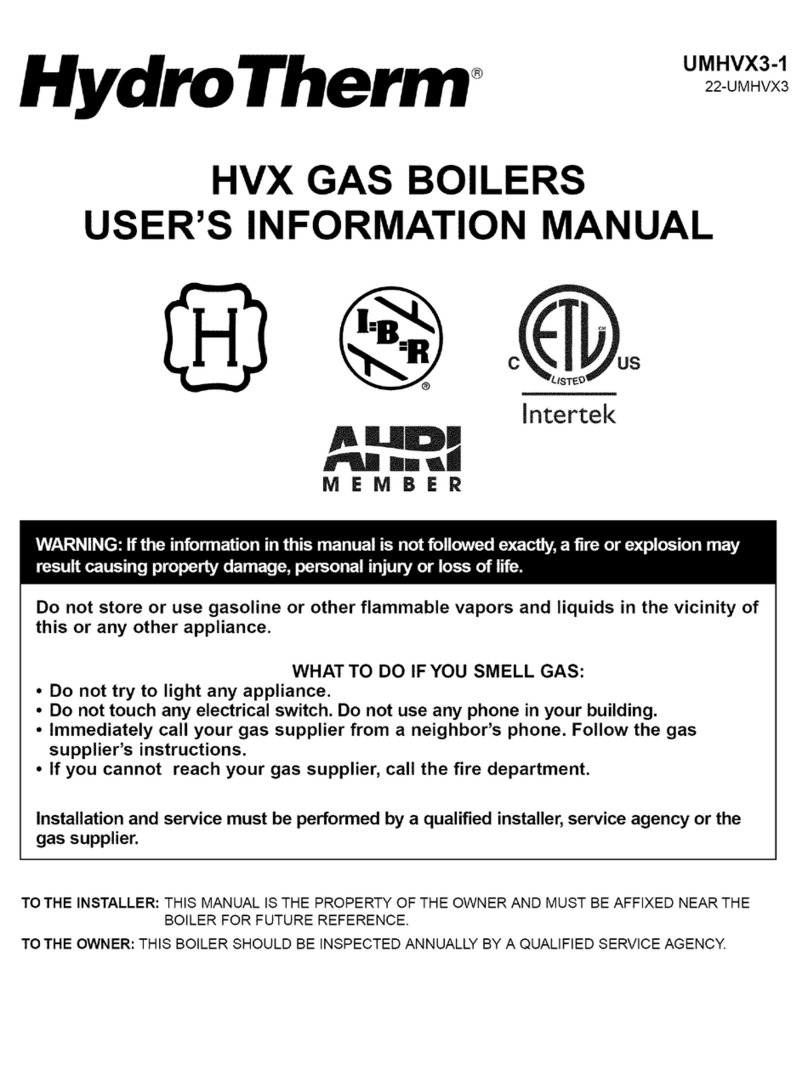
HydroTherm
HydroTherm 22-UMHVX3 Guide

HydroTherm
HydroTherm KN-2 User manual
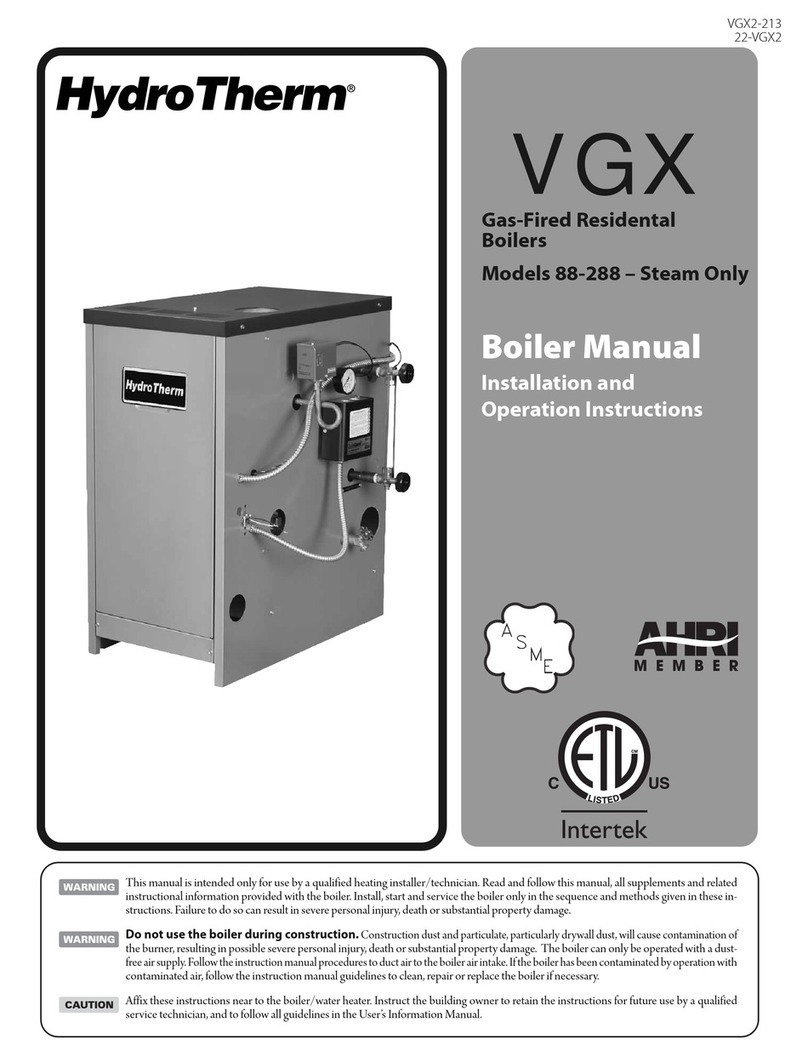
HydroTherm
HydroTherm VGX 288 User manual
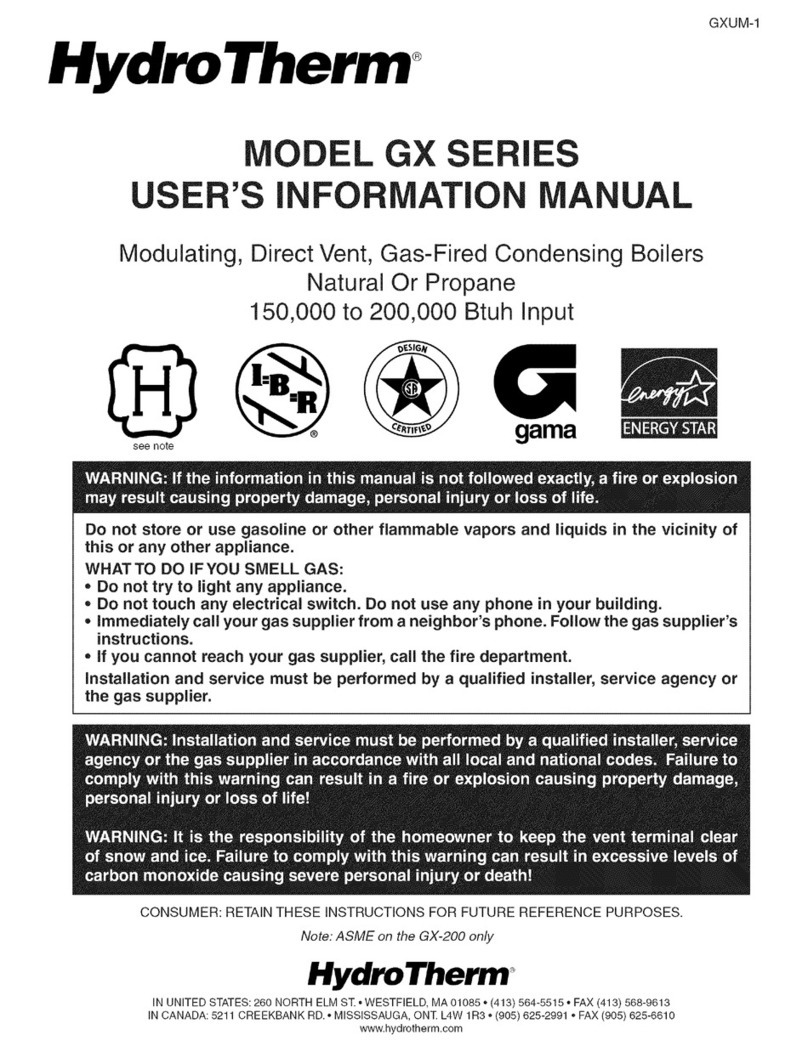
HydroTherm
HydroTherm GX Series Guide
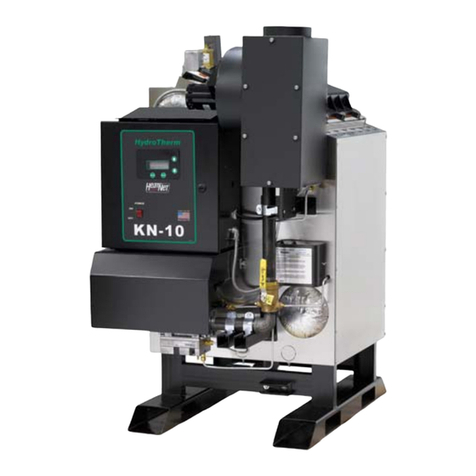
HydroTherm
HydroTherm KN SERIES User manual

HydroTherm
HydroTherm PB User manual

HydroTherm
HydroTherm HW Series Manual
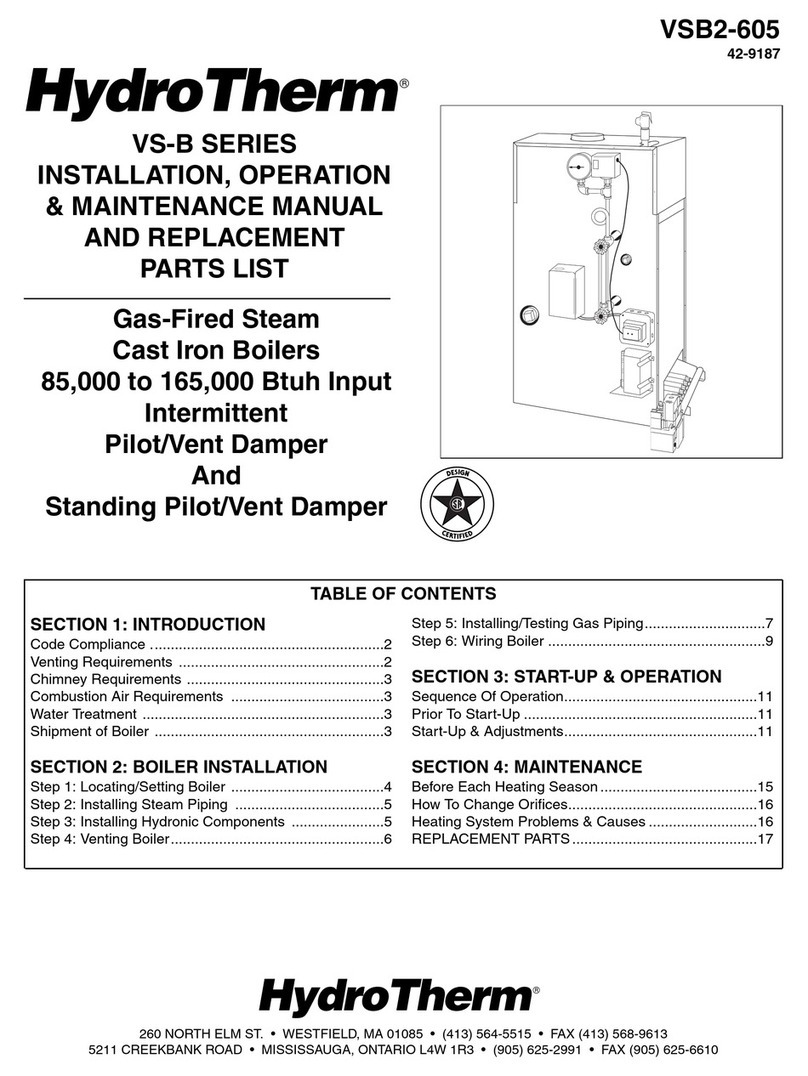
HydroTherm
HydroTherm VSB2-605 Manual

HydroTherm
HydroTherm VGX 88 User manual
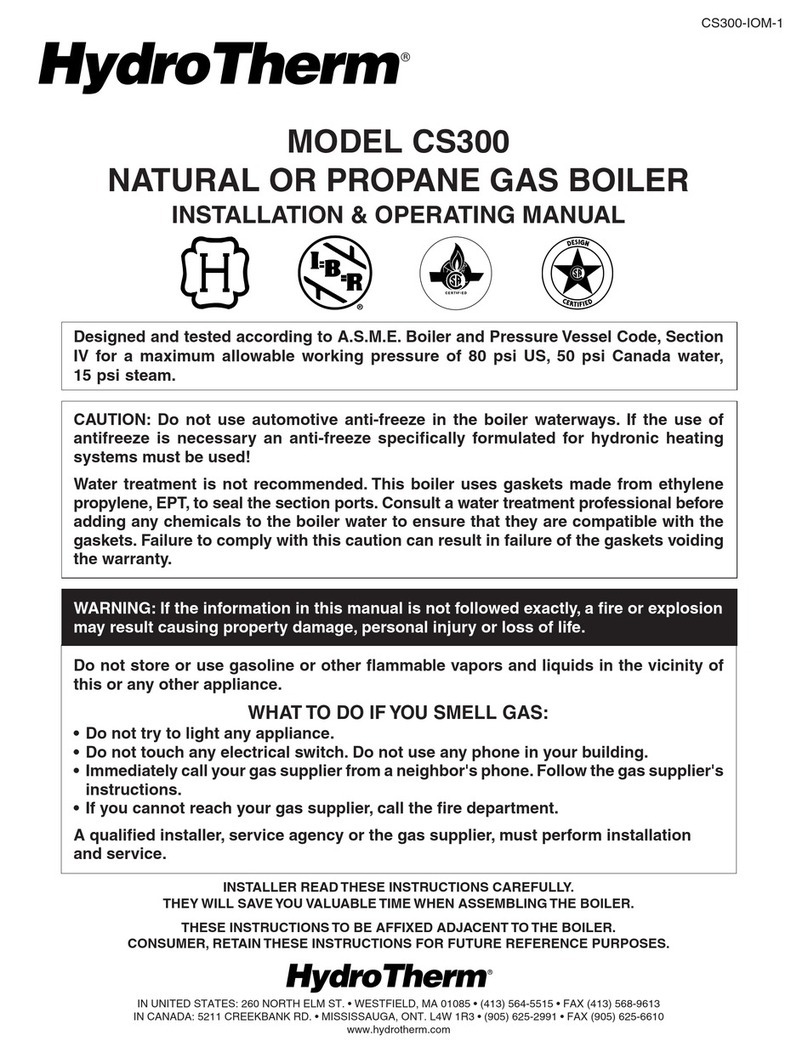
HydroTherm
HydroTherm CS300 User manual

HydroTherm
HydroTherm HeatNet KN-16 User manual

HydroTherm
HydroTherm KN SERIES Manual
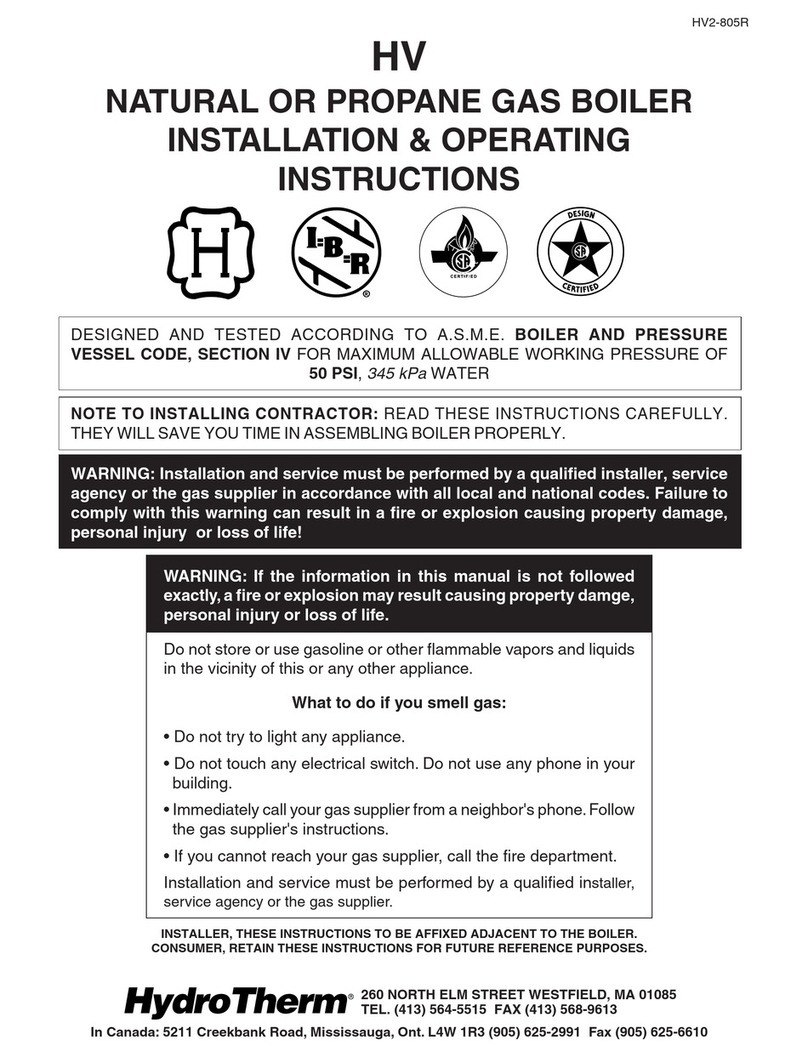
HydroTherm
HydroTherm HV-50 Manual
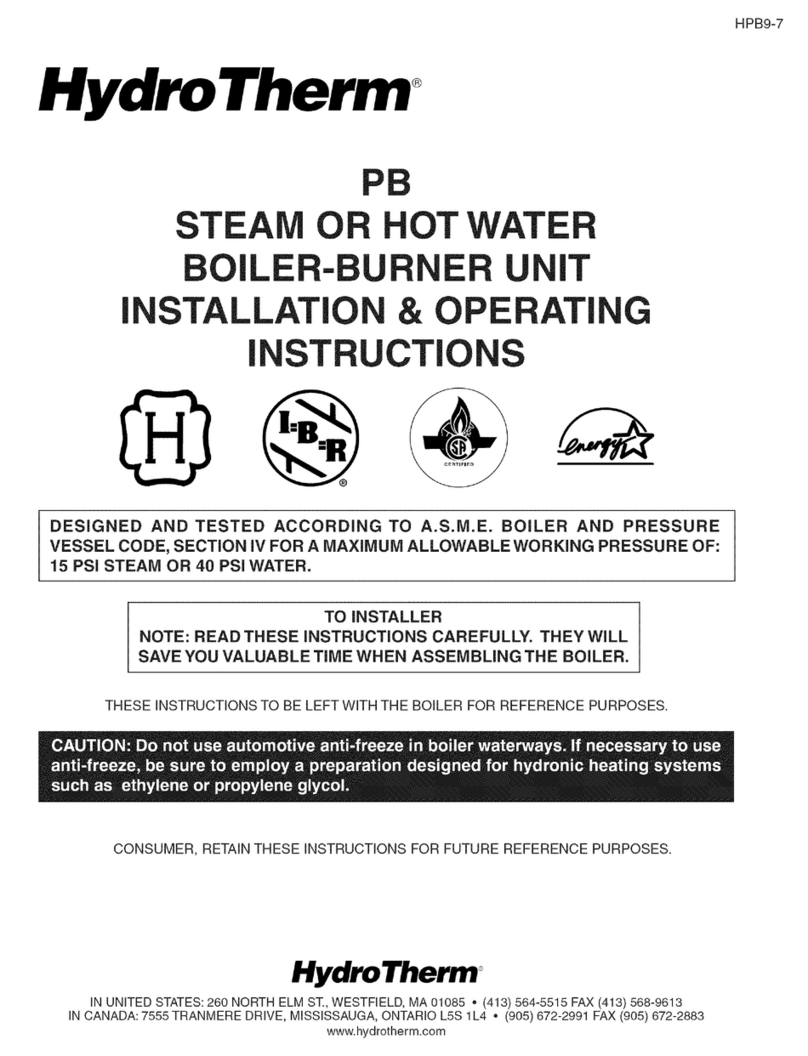
HydroTherm
HydroTherm PB User manual
Popular Boiler manuals by other brands
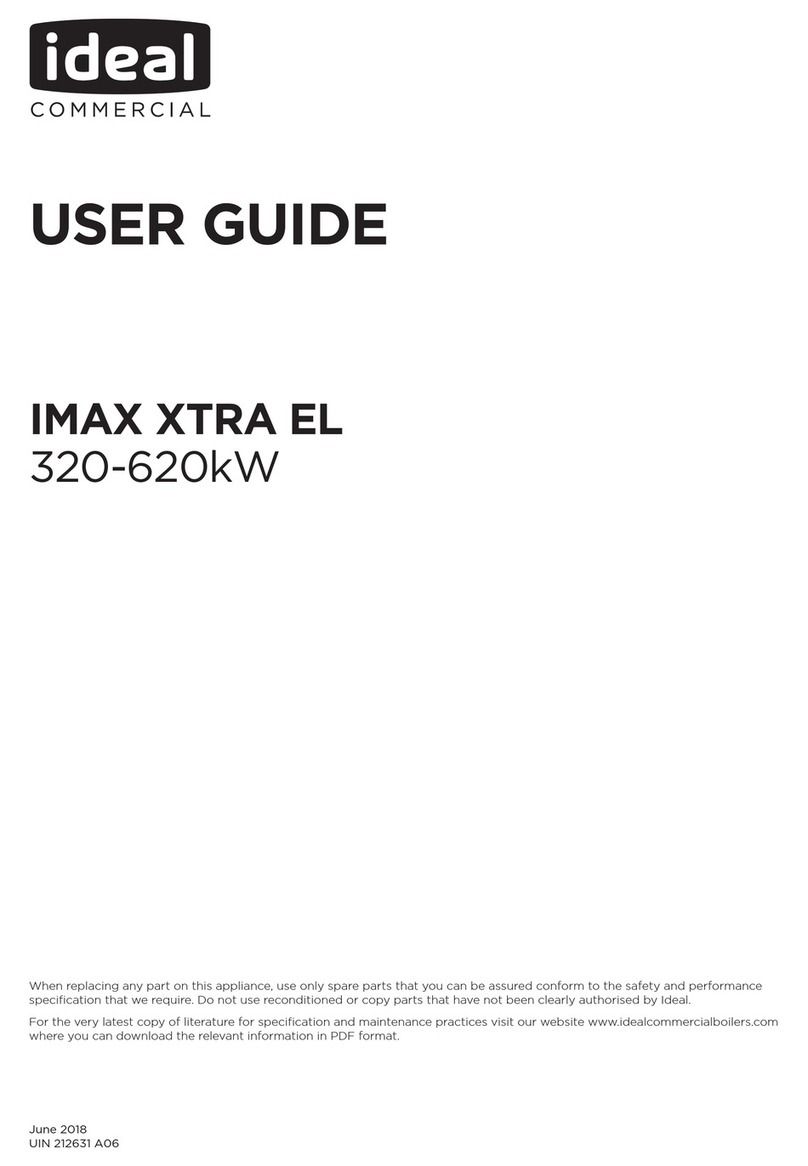
IDEAL
IDEAL IMAX XTRA EL 320 user guide
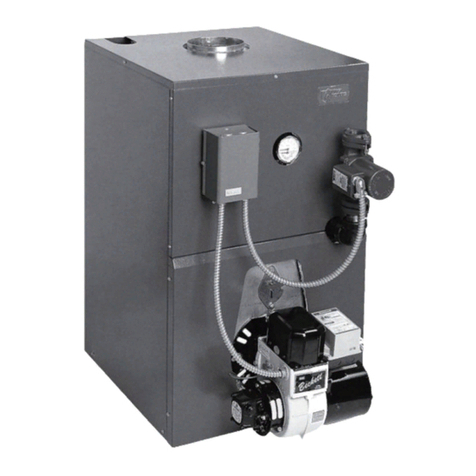
UTICA BOILERS
UTICA BOILERS BC3D Installation, operation & maintenance manual
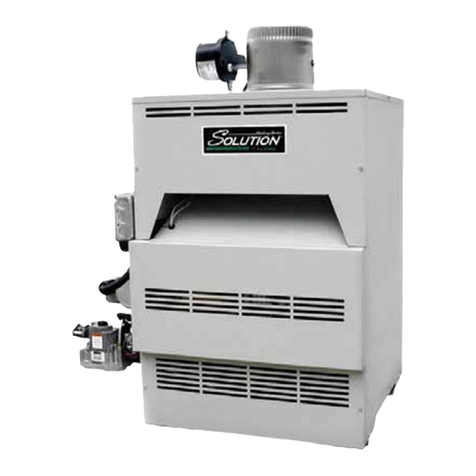
Lochinvar
Lochinvar SOLUTION 260000 Installation & service manual
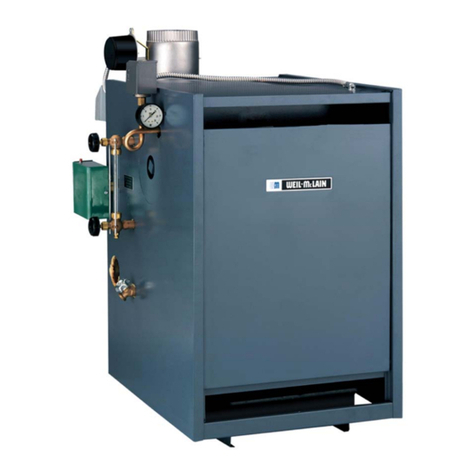
Weil-McLain
Weil-McLain EG 6 Series manual
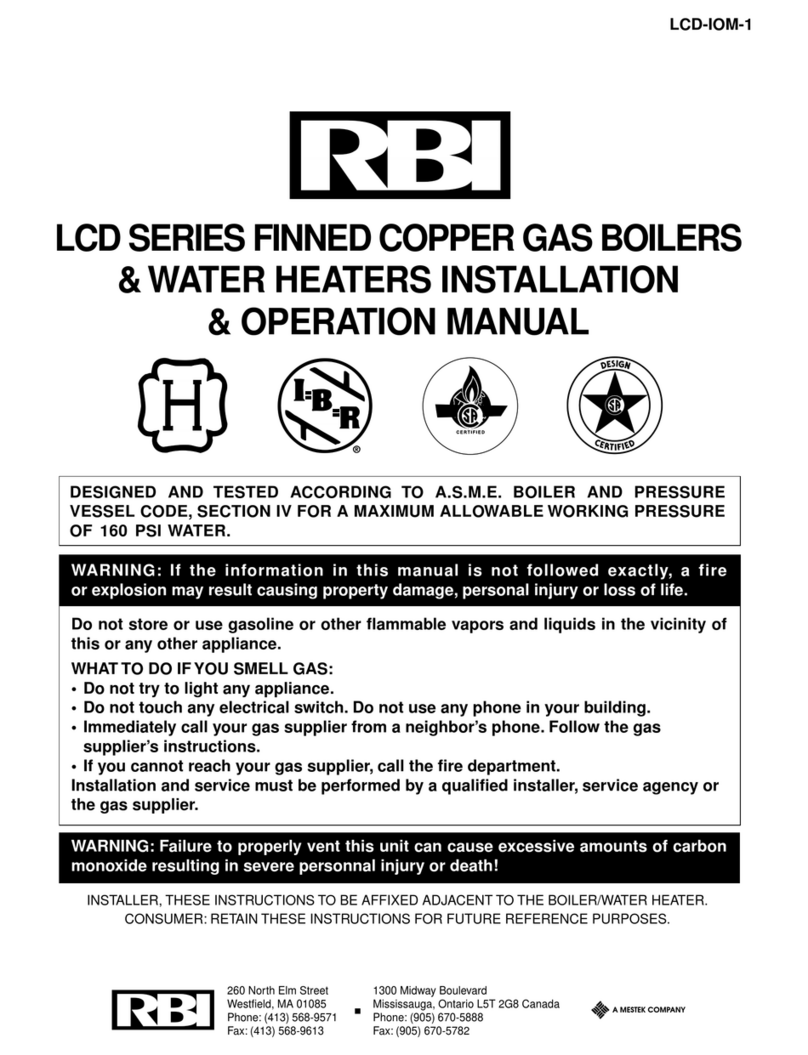
RBI
RBI LCD Series Installation & operation manual
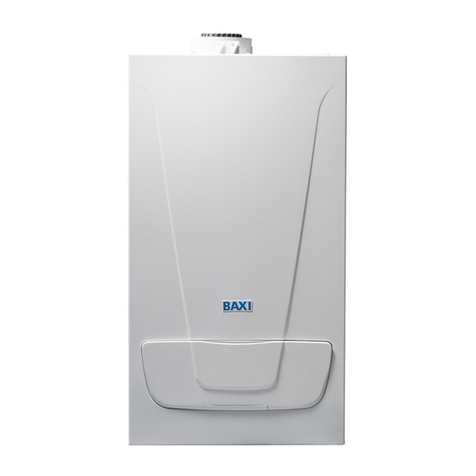
Baxi
Baxi MainEco Combi 28 Installation and service manual
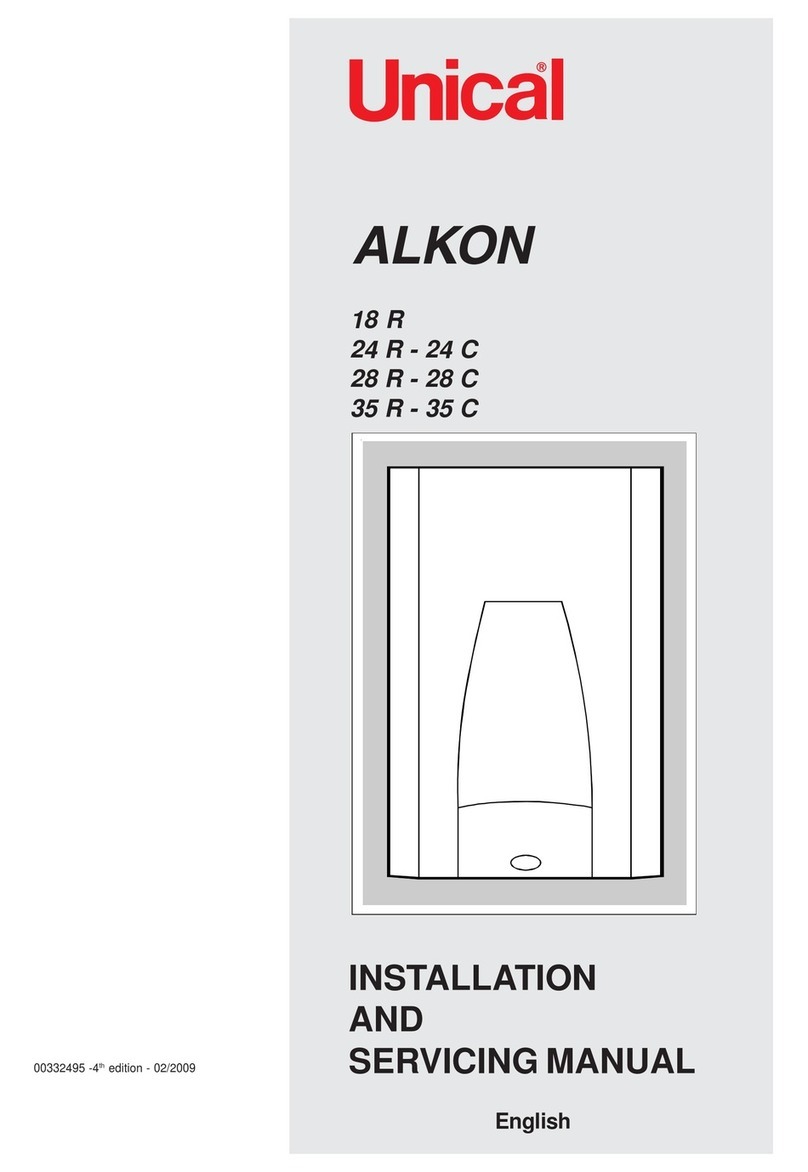
Unical
Unical ALKON R 24 Installation and Servicing Manual
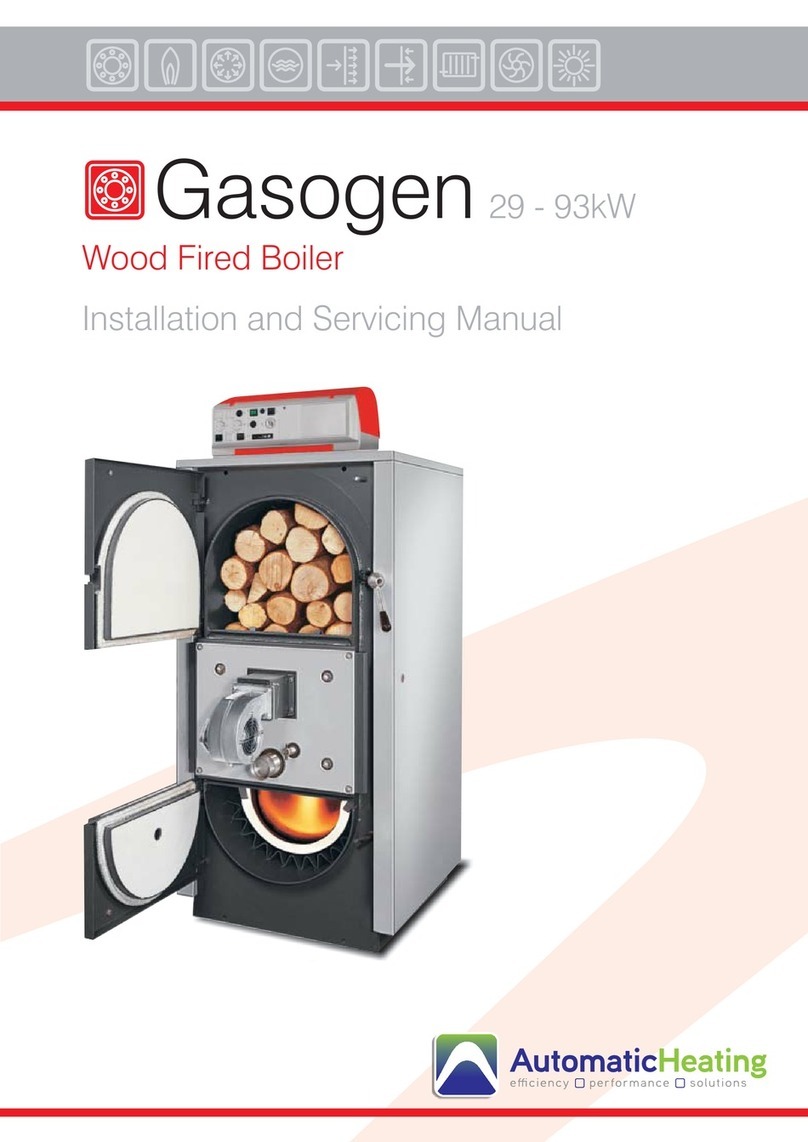
Automatic Heating
Automatic Heating Gasogen Installation and Servicing Manual

Viessmann
Viessmann VITORADIAL 300-T Type VR3 Service instructions for contractors
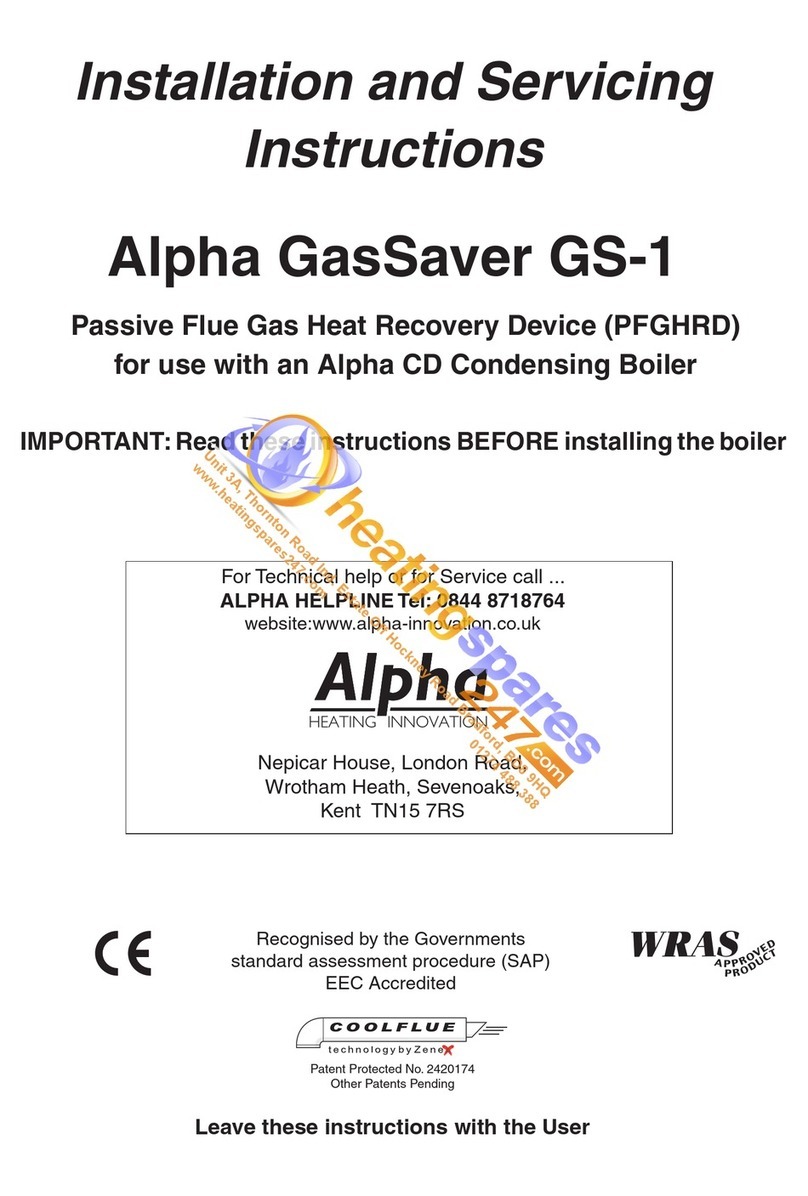
Alpha
Alpha GasSaver GS-1 Installation and servicing instructions

Baxi
Baxi ROCA LAURA PLUS 28/28 Operating, cleaning and maintenance instructions for the user
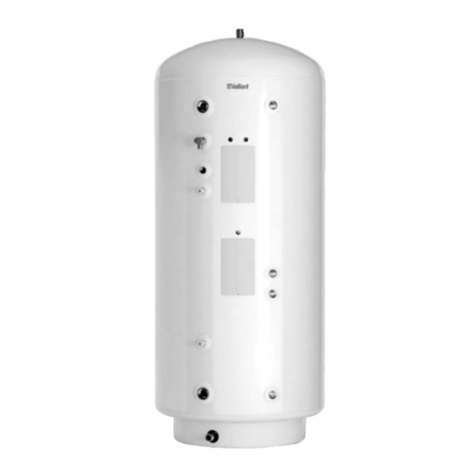
Vaillant
Vaillant uniSTOR VIH SW GB 500 BES operating instructions

Kärcher
Kärcher HWE 4000 Gas manual
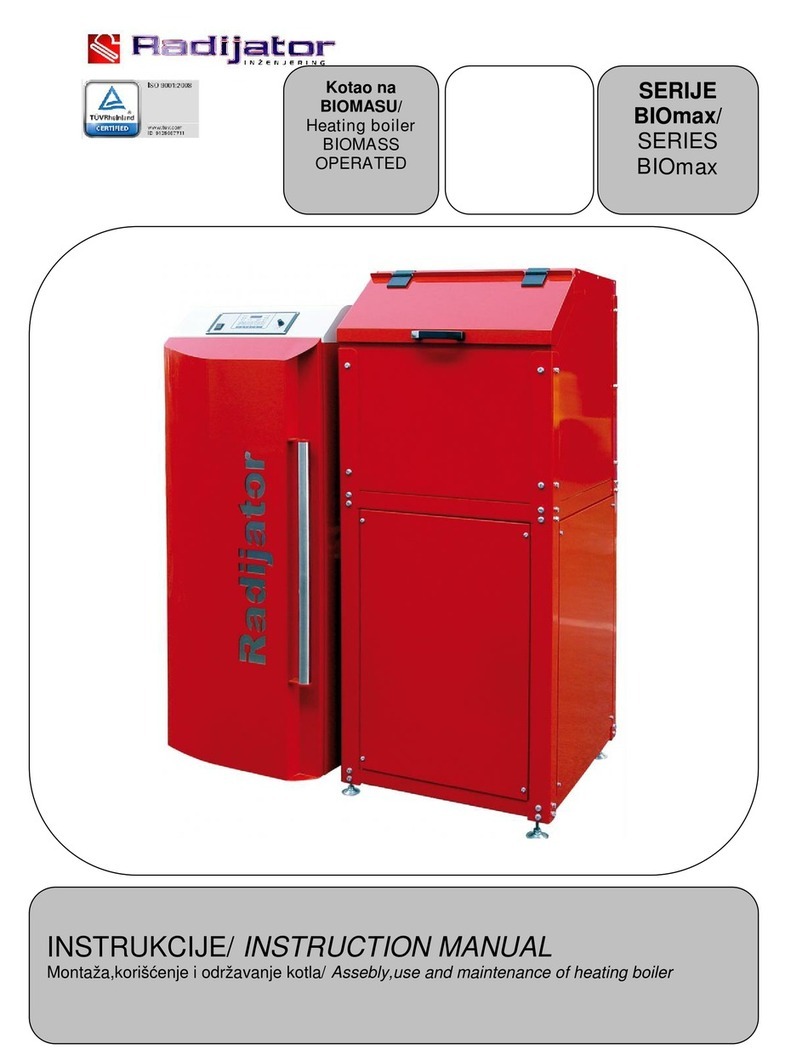
Radijator
Radijator BIO max 23.1 instruction manual

Granby
Granby BKC Installation, operation and maintenance manual
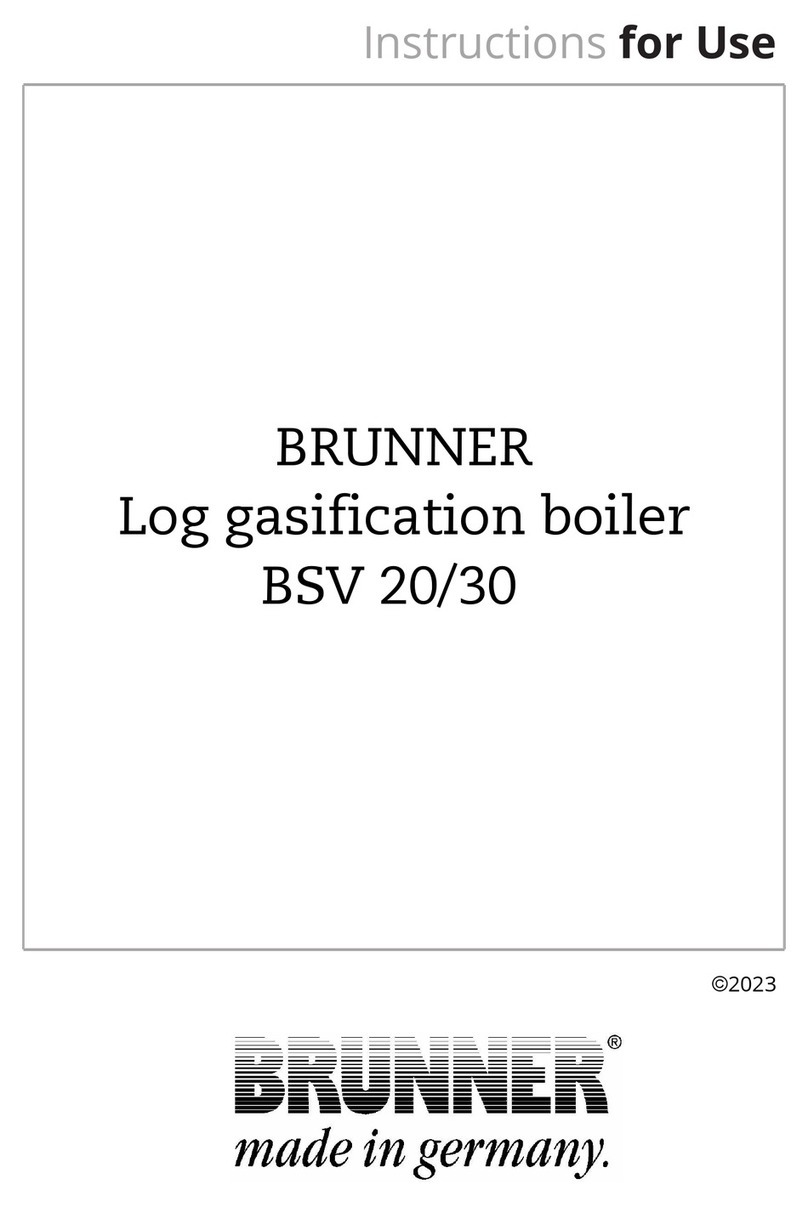
Brunner
Brunner BSV 20 Instructions for use

Potterton
Potterton 50e Installation and Servicing Manual
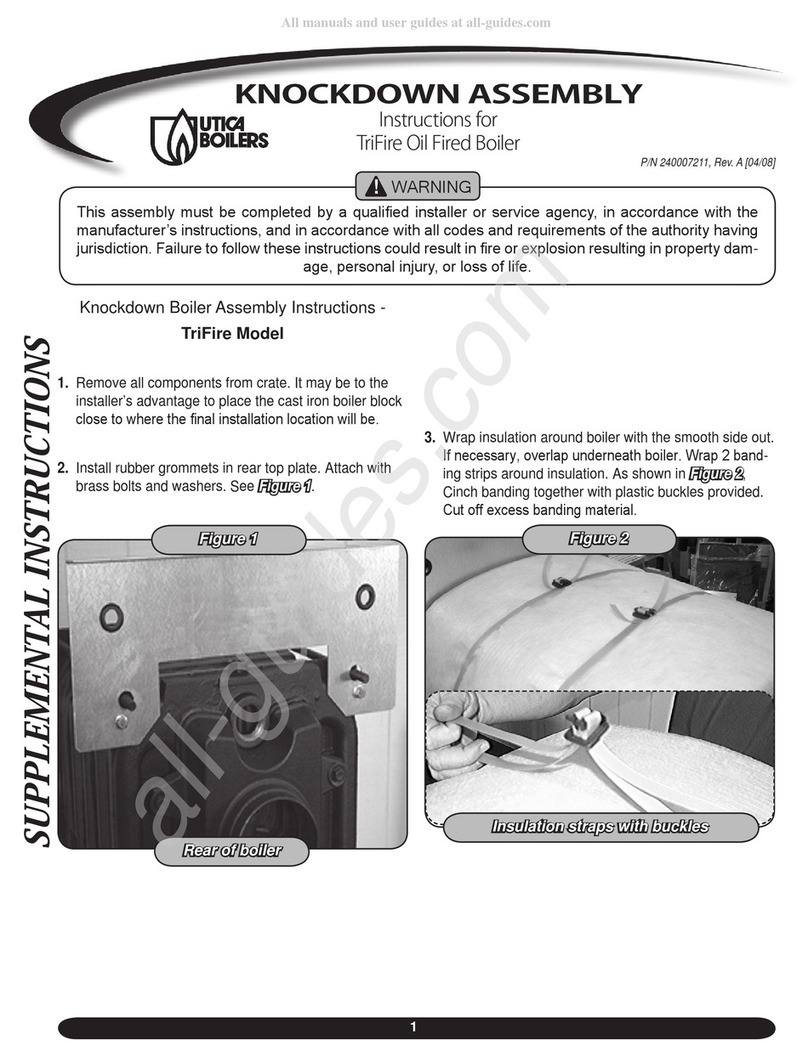
UTICA BOILERS
UTICA BOILERS TriFire Assembly instructions
